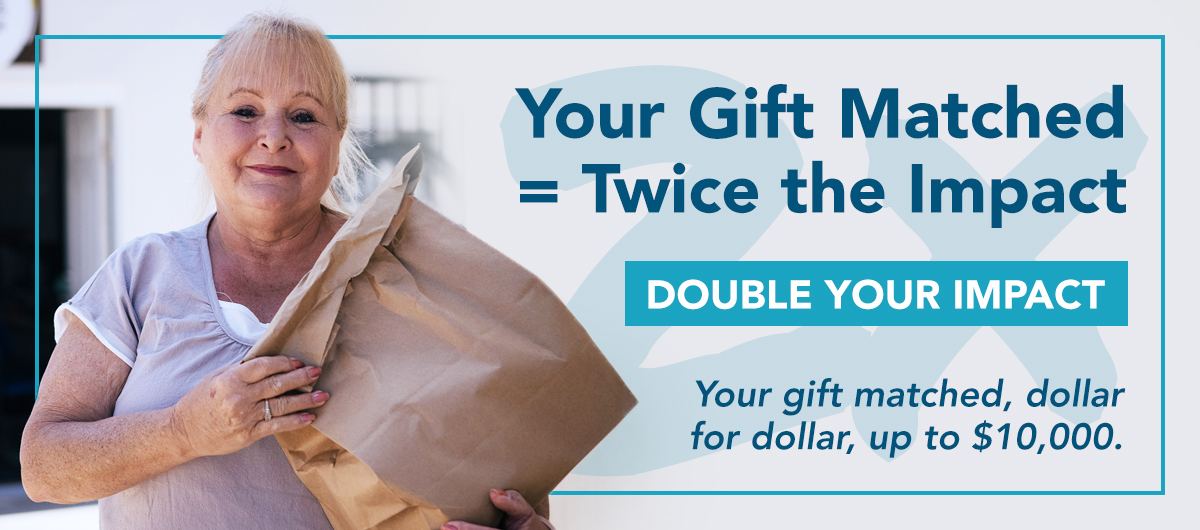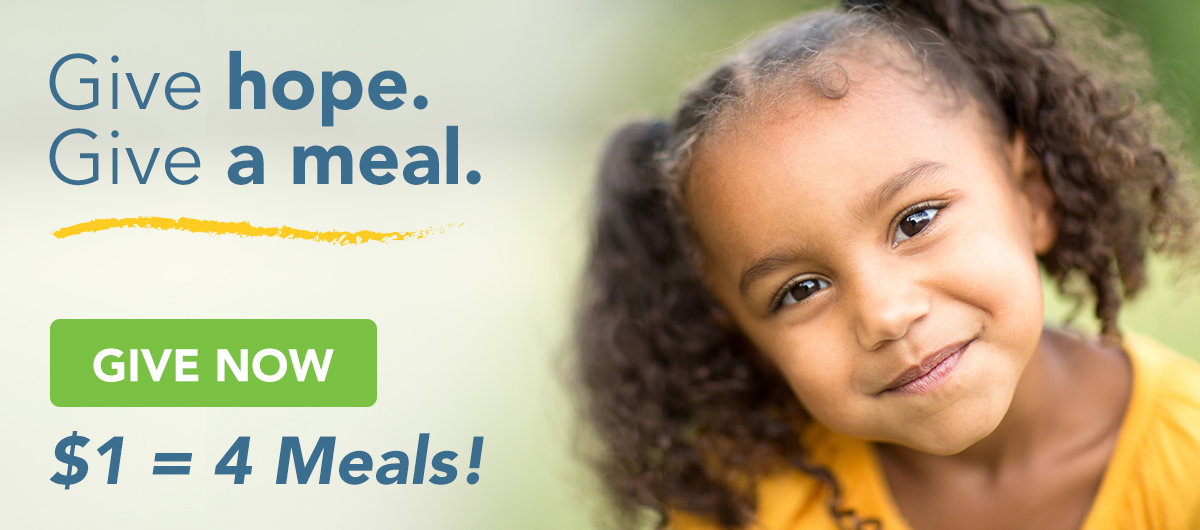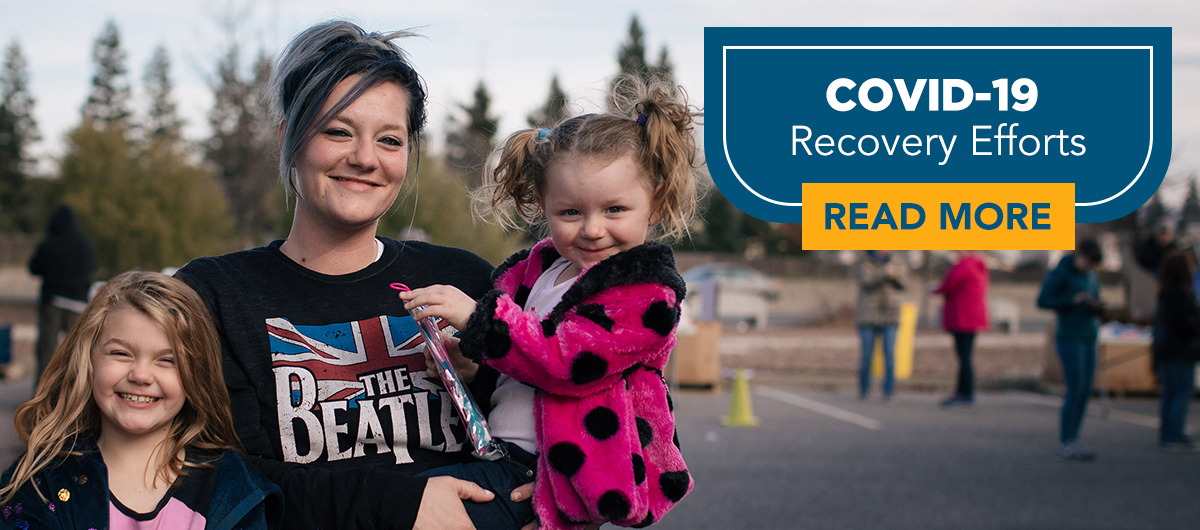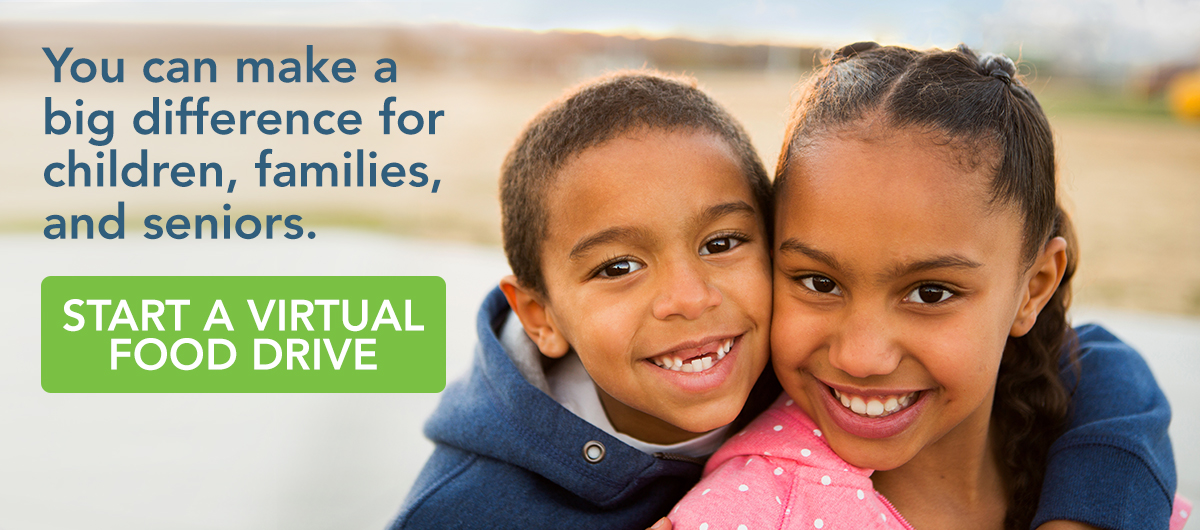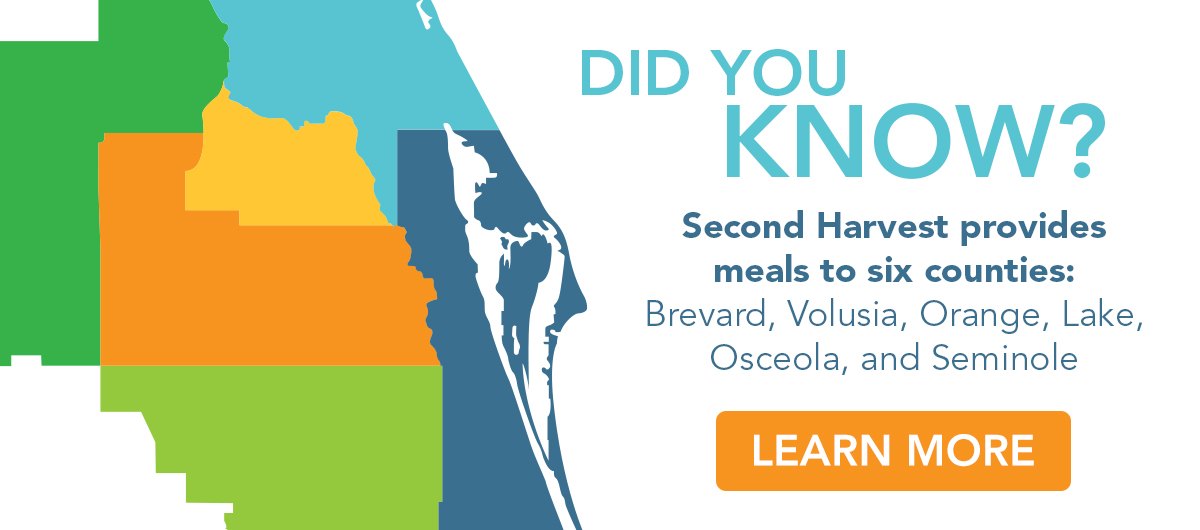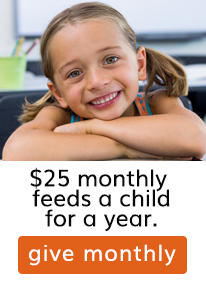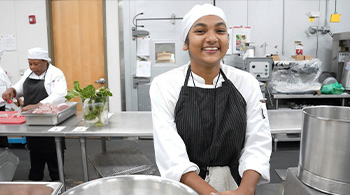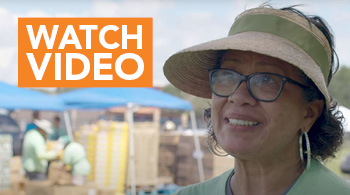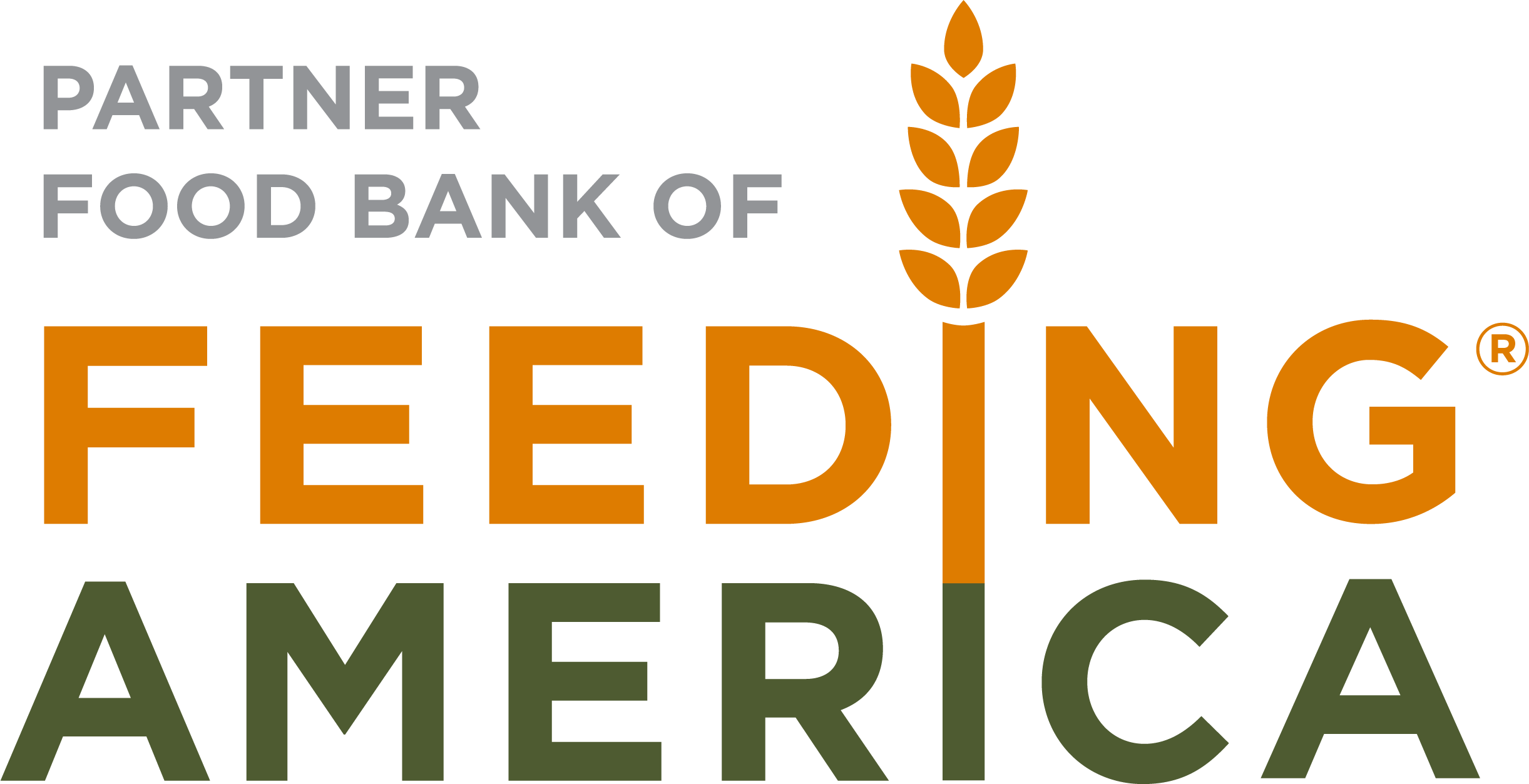Stay Connected
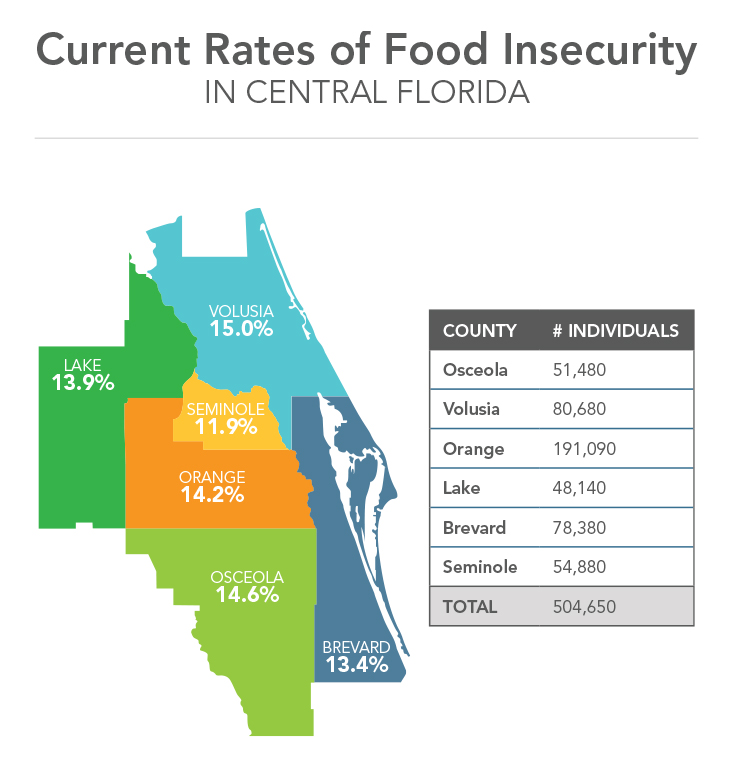
The Impact of the Coronavirus on Local Food Insecurity in 2020 and 2021
Map the Meal Gap is a detailed analysis of food insecurity in every county and congressional district in the United States, and the only study that provides local-level estimates of food insecurity across the country. Click here to view findings on an Interactive Map on Feeding America's website.
What is Food Insecurity?
Food insecurity refers to USDA's measure of lack of access, at times, to enough food for an active, healthy life for all household members and limited or uncertain availability of nutritionally adequate foods. Food-insecure households are not necessarily food insecure all the time. Food insecurity may reflect a household's need to make trade-offs between important basic needs, such as housing or medical bills, and purchasing nutritionally adequate foods.
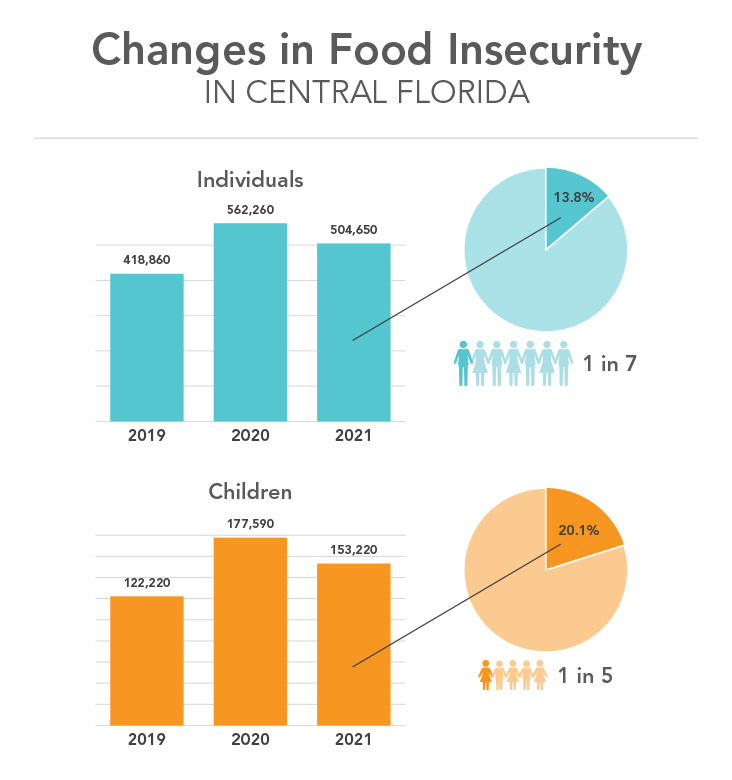
What does it look like in Central Florida?
2021 projections, based on COVID-19 impact, estimate that one in seven people in Central Florida struggle with hunger. Many people who have been most impacted by the pandemic were facing hunger before COVID-19 and are facing greater hardships since COVID-19.
Key projections for Central Florida:
- 95 million more meals a year are needed to fill the hunger gap that exists in Central Florida.
- One in seven people are facing hunger in our community.
- More than 500,000 people in Central Florida don’t know when or where their next meal will come.
- One in five children in Central Florida face hunger.
It is good news that overall, food insecurity in 2020 may have been lower than originally anticipated, and that food insecurity in 2021 looks likely to improve relative to 2020 in most places. Without the response from federal and local governments and the generosity of the private sector individuals, corporations, foundations and communities more people would have faced additional hardship in the past year.
As new information on the economic outlook for 2021 comes out, Feeding America will release revised projections whenever there are significant changes to the underlying assumptions, such as projected unemployment and poverty rates for the year.
Click here to learn more about Second Harvest Food Bank’s COVID-19 response efforts.
Child Food Insecurity
The report shows that one in five kids in Central Florida are food insecure. Being food insecure at any age can be harmful, but it can be devastating for children. It can stunt their growth, affect their ability to learn and forces them to withdraw from social interaction.
Source: Map the Meal Gap 2020
Additional Links
Sustaining Donor!
Second Harvest Food Bank of Central Florida is a 501 (c)(3) non-profit recognized by the IRS. Tax ID Number: 59-2142315 Email: info@feedhopenow.org


